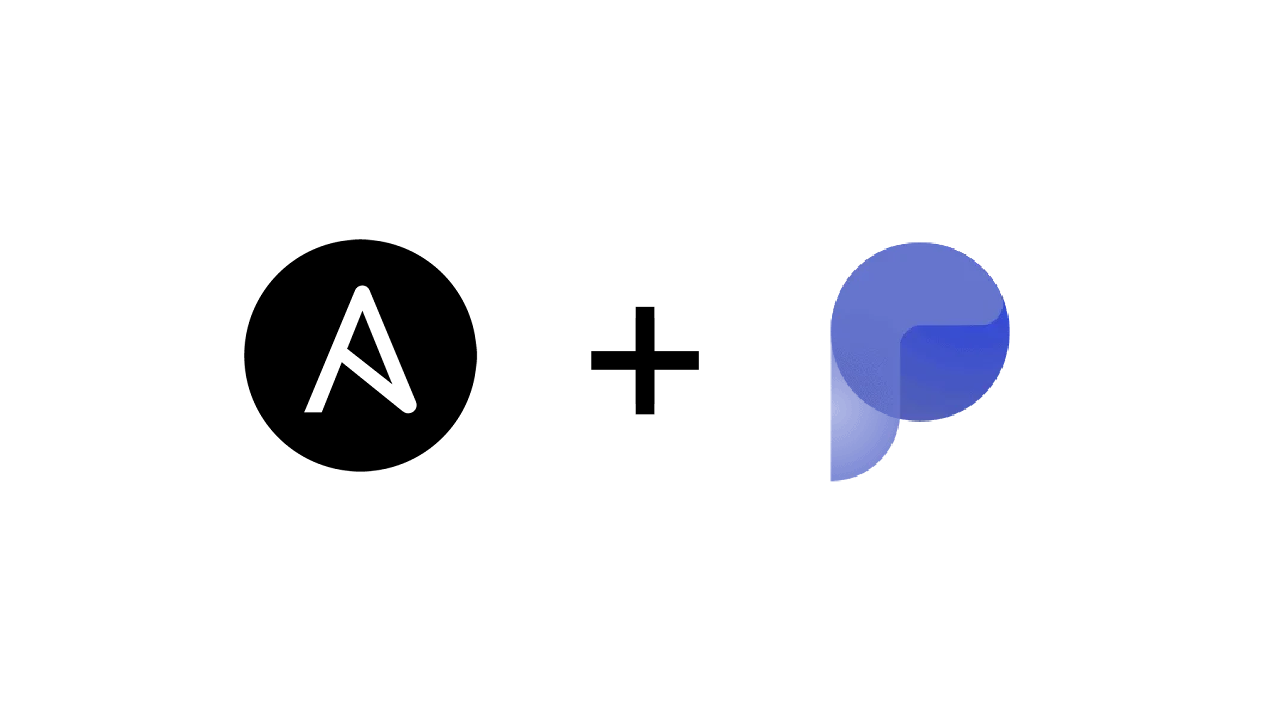Install Plausible with Ansible
Check this out to find more about Plausible.io with Ansible.

I'm self-hosting my blog now and, with the move from Gatsby to Ghost, I also took advantage to move from Google analytics to Plausible. I aldready built a docker-based Plausible role built in Ansible inline (aka the same place where I have my playbooks). It translated the docker-compose conviguration to a bunch of docker_container tasks and was quite verbose.
Now I've created a separate role which is based on the docker_compose role, making things much easier. It:
- Has a (minimal?) number of variables, with decent defaults,
- Defines configuration files for the various components and
- Only updates the
docker_compose.ymlfile with the various variables.
Use the role
The role is designed to be easy to use and allow for backups (no backups == bad, from my own experience). You only need to define some variables:
# host_vars/my_host.yml
plausible_port: "20100"
plausible_base_url: "https://metrics.lipc.tech"
plausible_volume_geoip: "/mnt/geoip"
plausible_admin_user_email: "[email protected]"
plausible_admin_user_name: "admin"
plausible_db_port: "20101"
Then, you can call the role in your playbook:
- name: Deploy services
hosts: myhost
roles:
- 'laurivan.plausible'
If you look at the defaults, you will see all possible configurations. You can dive in the templates as well to see e.g. how the docker-compose.yml file is built (and you can also suggest improvements!).
Roadmap
This role satisfies my needs right now, but I'm open to suggestions :)
Bonus
As mentioned above, the PostgreSQL post can be made public, so other components have access to it, e.g., for backup. If you're using ansible-role-backup, you can easily add it to the configuration:
borg_repository: "/mnt/backup/services"
borg_source_directories:
# Plausible
- /mnt/plausible/config
borg_exclude_patterns:
- 'logs/*.log*'
borg_retention_policy:
keep_hourly: 3
keep_daily: 7
keep_weekly: 4
keep_monthly: 6
borgmatic_hooks:
postgresql_databases:
- name: plausible_db
hostname: <IP of host>
port: "{{ plausible_db_port }}"
username: postgres
password: "{{ plausible_db_password }}"
Conclusion
I encourage you to read the documentation as it is the de-facto reference for this role and is up to date.
HTH,

